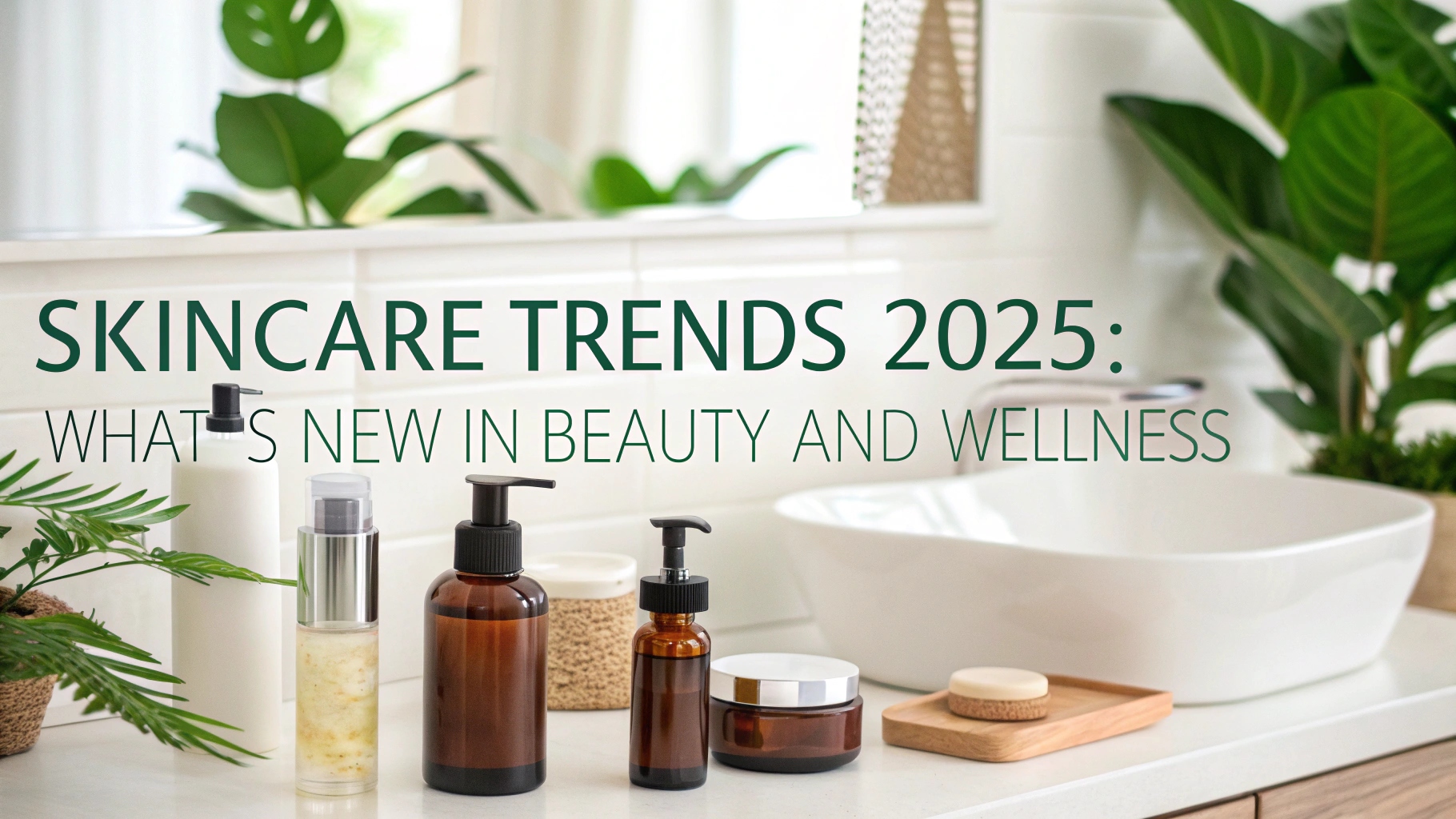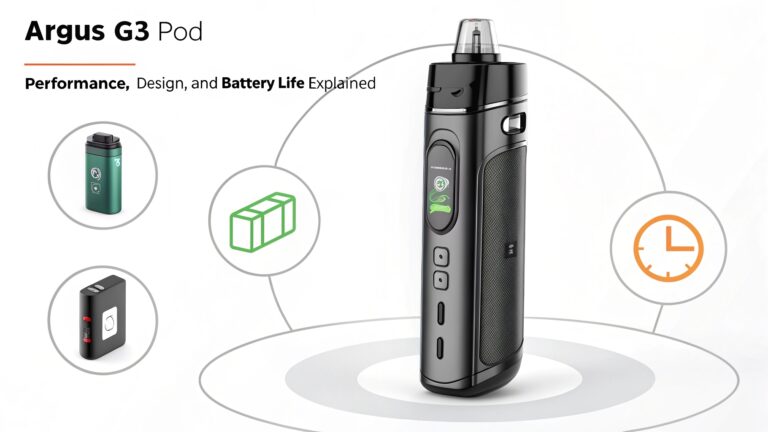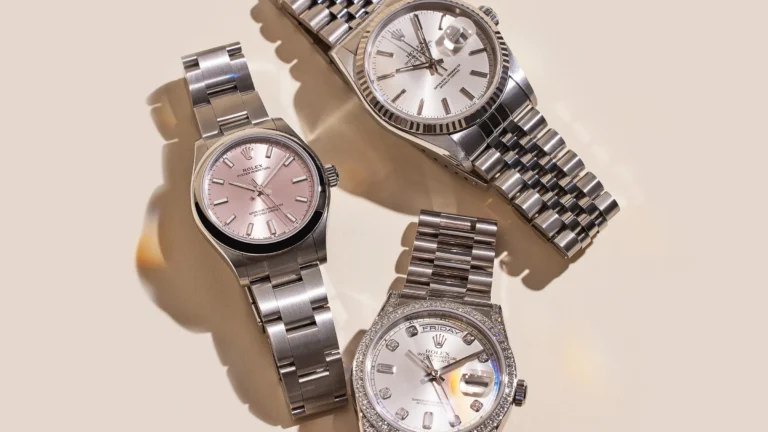Skincare Trends 2025: What’s New in Beauty and Wellness
The beauty and wellness industry continues to evolve every year, shaped by innovation, science, sustainability, and consumer demand for more holistic self-care. As we step into 2025, the global beauty market is witnessing rapid transformations that go far beyond creams and serums. Today’s consumers are more informed, environmentally conscious, and eager to embrace products and treatments that not only enhance appearance but also promote long-term well-being. This article explores the top skincare trends for 2025 and how they are redefining the way we think about beauty.
Personalized Beauty Through AI and Biotechnology
One of the most groundbreaking developments in 2025 is the rise of personalized beauty powered by artificial intelligence and biotechnology. Instead of relying on generic products, consumers can now undergo detailed skin analyses using advanced AI tools that scan, detect, and recommend customized regimens. These systems analyze hydration levels, pigmentation, elasticity, and even microbiome balance to suggest the best possible treatments.
Biotechnology is also driving innovations by enabling lab-grown ingredients such as collagen, peptides, and hyaluronic acid that mimic natural compounds found in the skin. This not only ensures better absorption but also Skincare provides more sustainable alternatives to traditional ingredients sourced from animals or overharvested plants.
Sustainability Becomes Non-Negotiable
In 2025, sustainability is no longer just a buzzword; it’s an expectation. Consumers demand eco-friendly packaging, refillable containers, and products made from ethically sourced ingredients. Beauty companies are investing heavily in circular packaging systems where jars and bottles can be returned, sterilized, and reused multiple times.
Waterless beauty has also become a major trend, reducing the use of unnecessary water in formulations and making products more concentrated. Powders, bars, and solid serums are replacing traditional liquids, offering longer shelf life and less environmental waste. This aligns perfectly with the growing consumer movement toward conscious consumption, where wellness extends to caring for the planet.
The Rise of Skinimalism
Gone are the days of 12-step Skincare routines. In 2025, skinimalism—embracing fewer but more effective products—is at its peak. People are prioritizing multifunctional formulas that hydrate, protect, and treat multiple concerns simultaneously.
This minimalist approach not only saves time and money but also reduces the risk of irritation from layering too many products. For example, a single serum today may include vitamin C for brightening, peptides for firming, and SPF for protection. Skinimalism is especially popular among younger consumers who prefer clean, simple, and effective routines rather than overwhelming product collections.
Skincare Meets Mental Wellness
The connection between mental health and physical appearance has never been more recognized. In 2025, many beauty brands are promoting rituals that go beyond external care and focus on emotional well-being. Products infused with aromatherapy oils, calming adaptogens, or mood-enhancing botanicals are increasingly popular.
Self-care practices such as facial massage, meditation while applying products, or using light therapy devices are seen as essential ways to manage stress. The philosophy is simple: a calm mind leads to healthier skin. This merging of mental wellness with beauty reflects the growing cultural shift toward holistic health.
Advanced At-Home Treatments
The rise of at-home beauty technology continues in 2025. With portable devices becoming more affordable and effective, consumers no longer need to visit dermatologists or spas for advanced treatments.
Popular devices include LED light therapy masks, microcurrent toning tools, and ultrasonic exfoliation systems. These gadgets allow individuals to achieve professional results from the comfort of home. AI-powered apps guide users on how often to use each tool, track progress, and recommend adjustments.
This shift empowers people to take control of their beauty journey, making high-quality treatments more accessible than ever.
Microbiome-Focused Formulations
In recent years, science has revealed the crucial role of the skin microbiome in maintaining overall health. In 2025, microbiome-focused formulations are mainstream. Probiotics, prebiotics, and postbiotics are key ingredients used to balance the natural ecosystem of the skin, reducing issues like acne, inflammation, and sensitivity.
Brands are moving away from overly harsh cleansers and antibacterial ingredients, instead opting for nurturing formulas that support the skin’s natural defense system. This approach reflects a larger movement in healthcare: prevention through balance rather than aggressive treatment.
Dermatology-Inspired Skincare
The gap between dermatology and beauty continues to close. Many of the most effective products in 2025 are inspired by professional dermatological treatments. For instance, over-the-counter retinoids, growth factors, and medical-grade sunscreens are widely available. Consumers prefer evidence-backed formulas with visible results, leading to the popularity of clinical-grade brands.
Additionally, many dermatologists are launching their own product lines, blending medical expertise with consumer-friendly packaging. This medical-meets-beauty approach ensures that trends are rooted in science rather than fleeting fads.
Inclusivity and Custom Shades
Inclusivity remains a central theme in the beauty industry. In 2025, brands are expanding their shade ranges for tinted moisturizers, foundations, and sunscreens to ensure all skin tones are represented. Beyond complexion, inclusivity also extends to addressing diverse skin concerns such as hyperpigmentation, keloids, or melasma, which affect different communities differently.
The industry is finally acknowledging that one-size-fits-all solutions don’t work. Instead, products are created with cultural sensitivity and global diversity in mind, making beauty more accessible and empowering for everyone.
Nutricosmetics and Inside-Out Beauty
Another major trend shaping 2025 is nutricosmetics—beauty supplements designed to support healthy skin from within. Collagen powders, hyaluronic acid capsules, and antioxidant-rich gummies are becoming daily staples. Consumers are realizing that topical care works best when combined with nutritional support.
Functional foods infused with beauty-boosting ingredients are also gaining popularity. Beverages containing adaptogens, probiotics, or marine extracts promise not just skin benefits but also improved digestion, immunity, and energy. This trend reflects a holistic understanding of beauty as an inside-out process.
Longevity and Age-Positive Beauty
Instead of chasing “anti-aging,” 2025 celebrates longevity and age-positive beauty. The narrative has shifted toward maintaining skin vitality and health at every stage of life rather than erasing signs of aging.
Brands are embracing terms like “pro-aging” or “healthy aging,” focusing on resilience, radiance, and strength. Consumers are encouraged to see wrinkles and fine lines as natural expressions of a life well-lived, while products aim to enhance elasticity, hydration, and overall skin function.
The Future of Skincare in 2025 and Beyond
Looking ahead, the skincare industry will continue to be shaped by technology, science, and a strong focus on well-being. Consumers want results-driven solutions that also align with their values of sustainability, inclusivity, and holistic health. The merging of beauty with mental wellness, personalized biotechnology, and eco-conscious practices signals a new era where taking care of one’s skin is no longer just about appearance—it’s about creating harmony between body, mind, and environment.







